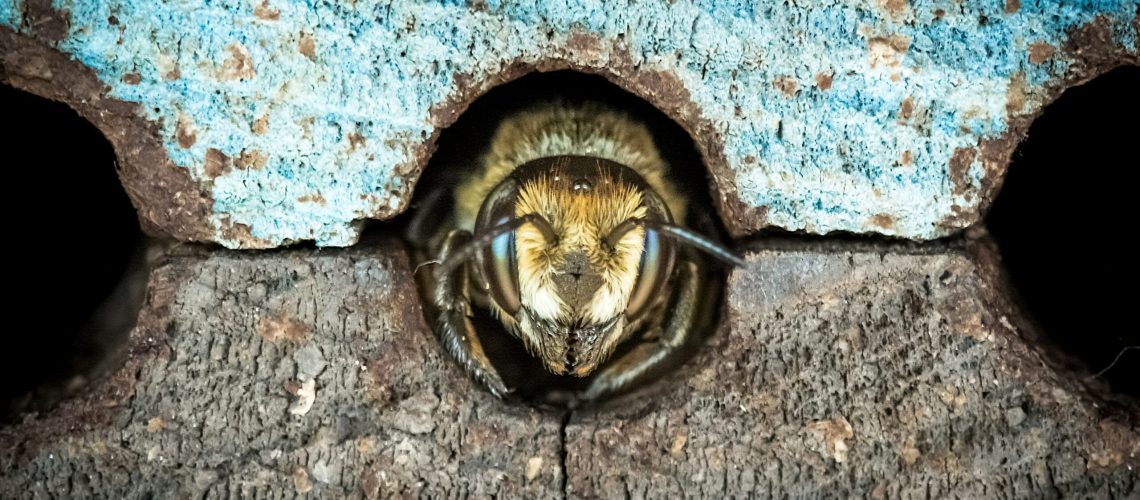When buying a home, it’s easy to focus on the big picture—location, price, and overall condition of the property. But, a little down the line and the unnoticed problems can become real problems for you. One of the most overlooked aspects of a home inspection is pest problems. But, I am pretty sure you don’t want to be watching netflix late at night and have a mouse run across your floor to find a piece of popcorn you dropped. That might result in something funny, like your wife jumping on top of the kitchen table. But there really is nothing funny about pests in the home. Pests pest can be a major problem.
Pests can cause significant damage to your property, and their presence may not always be obvious during a casual walk-through. At Upchurch Inspection, we’re always on the lookout for potential pest issues and will make a referall to a licensed pest control company if it seems you might have an issue. A thorough inspection can uncover potential pest issues before they become a costly problem. So, here’s some of the more common pest problems we are on the lookout for and why it matters.
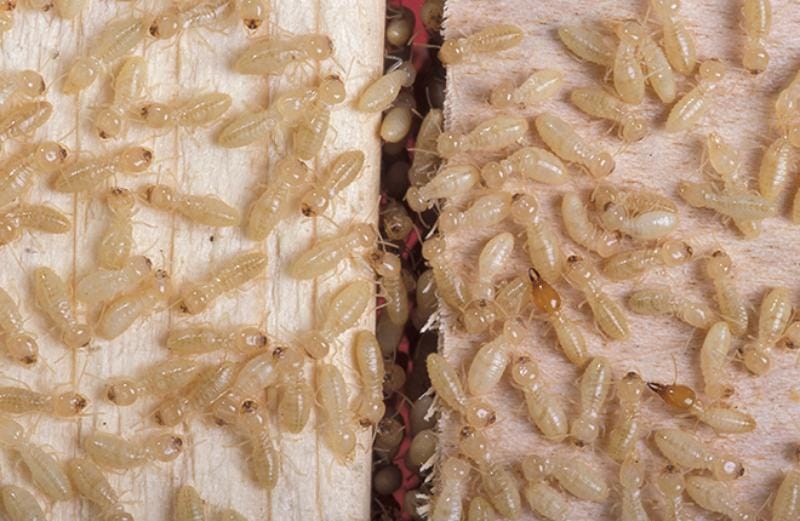
1. Termites: Silent Destroyers
Of all the pests problems we find, termites are among the most destructive. This is one pest that home inspectors look for during an inspection. Because these tiny insects tend to stay hidden as they feed on wood, they can cause extensive damage to the structure of your home before you even realize they’re there. Often, termites remain hidden inside walls or beneath flooring, which can make them difficult to spot with an untrained eye.
During a home inspection, the inspector will check for signs of termite activity such as:
- Wood that sounds hollow when tapped – this can be a sign of underlying problems.
- Mud tubes on walls or foundation – these are used by termites to travel between their colony and their food source
- Small piles of sawdust or wood shavings near walls or floorboards – as termites consume wood, they leave the evidence behind
If termites are found, you shouldn’t panic, but you should act quickly. A professional pest control service can treat the problem, but you’ll still have to address the damage. In severe cases, it can compromise the integrity of the home. We wrote an article all about wood destroying organisms, such as termites, if you want to learn more.
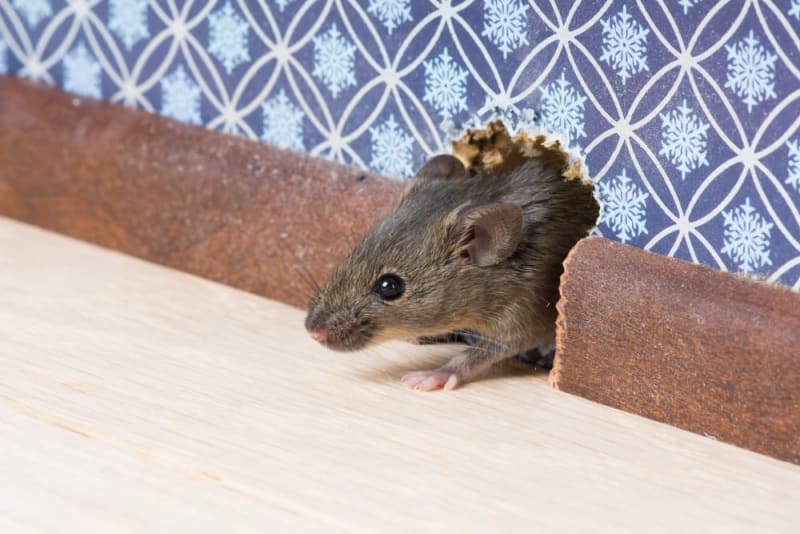
2. Rodents: Rats and Mice
Not a creature was stirring, not even a mouse. That’s what you would like to hear. But sometimes, rodents do get in your home – rodents like rats and mice. They can cause damage to your home’s insulation, wiring, and even structural components. They also pose health risks, as they can carry diseases and contaminate food supplies. Home inspectors are trained to spot signs of rodent infestations, including:
- Chew marks on wood, insulation, and wires
- Droppings, especially near food storage areas
- Evidence of nests in attics, basements, or crawl spaces
- Gnawed holes in walls, doors, or vents
But home inspectors don’t just look for active infestations. They can also look spot conditions that invite them into your home. Things like unsealed gaps on the home exterior or missing laundry vent covers. These are thing things that will make it likely Stuart Little becomes your little problem. It’s crucial to identify the entry points and seal them off to prevent further infestations. And if your home is already home to much smaller family than your own, any damage they’ve caused should be repaired promptly to prevent further complications.
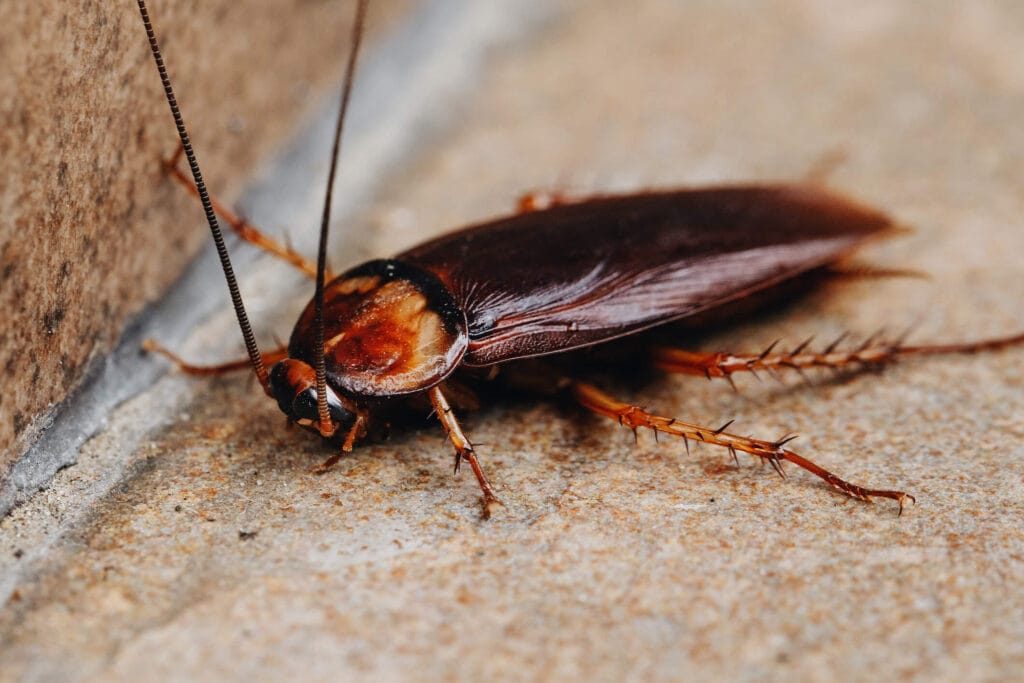
3. Cockroaches: A Health Hazard
No one wants a roach to encroach on their party. Cockroaches are not only unsightly but also pose a health hazard. They can contaminate food and surfaces with bacteria, and their droppings can trigger allergies. You don’t want your kitchen to become a buffet for these unsightly creatures. A home inspector may notice signs of cockroach activity such as:
- Droppings (often resembling coffee grounds or black pepper)
- Egg cases in hidden areas like cabinets, behind appliances, or in crawl spaces
- A musty or oily odor in affected areas
While cockroaches are more common in areas with high humidity or older homes, they can infest any property if food and water are accessible. Homebuyers should be aware that cockroach infestations may require professional pest control to fully eradicate.
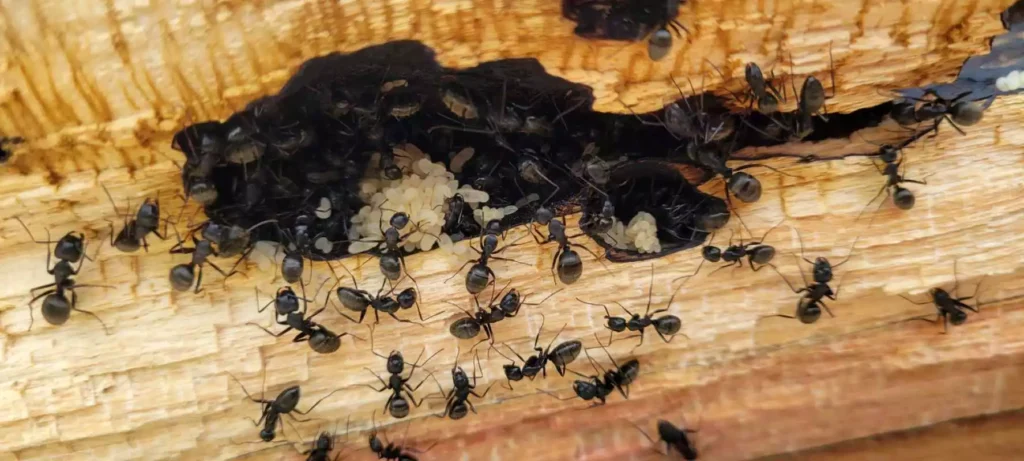
4. Ants: More Than Just a Nuisance
The little ants go marching one by one. Ants might seem harmless at first, but certain species—such as carpenter ants—can cause serious damage to your home. Unlike termites, carpenter ants don’t feed on wood but instead hollow it out to build their nests. During a home inspection, the inspector will look for:
- Small piles of wood shavings (often near baseboards or corners)
- Trails of ants moving along walls or foundations
- Swarmers (winged ants) around windows or door frames
While most ants are relatively harmless, carpenter ants can cause significant structural damage if left unchecked. If an infestation is found, pest control will be necessary to eliminate the colony and prevent further damage.
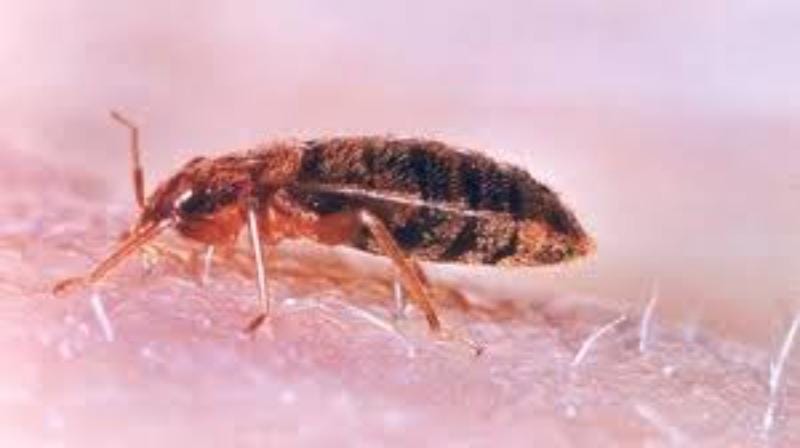
5. Bed Bugs: A Hidden Threat
What comes out when twilight hits? Bed bugs are small, nocturnal pests that feed on human blood. (I guess that makes them kind of like little vampires.) Because they’re notoriously difficult to detect because they hide in cracks and crevices, often in or around the bed, they are a growing problem in Tennessee. While a home inspector may not always be able to detect an active bed bug infestation, they will look for signs such as:
- Tiny blood spots on sheets or mattresses
- Dark, rust-colored stains on the walls, floors, or furniture
- Shed exoskeletons in cracks and crevices
If bed bugs are suspected, it’s essential to address the problem quickly, as infestations can spread rapidly and are difficult to eliminate without professional treatment.
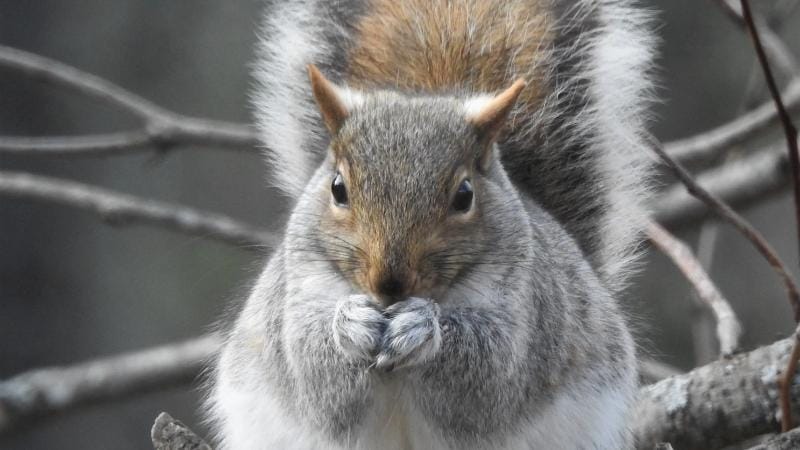
6. Squirrels: Attic Invaders
Squirrels may be cute, but when they find their way into your attic or walls, they can cause major problems. Squirrels tend to chew on wires, insulation, and wood, potentially creating a fire hazard or structural damage. Home inspectors will look for:
- Visible holes or gnaw marks in the roof, siding, or foundation
- Signs of nesting in attics or walls
- Droppings or urine stains near entry points
If squirrels are found in your home, they should be removed by a professional pest control service, and any damage they caused should be repaired to prevent future issues.
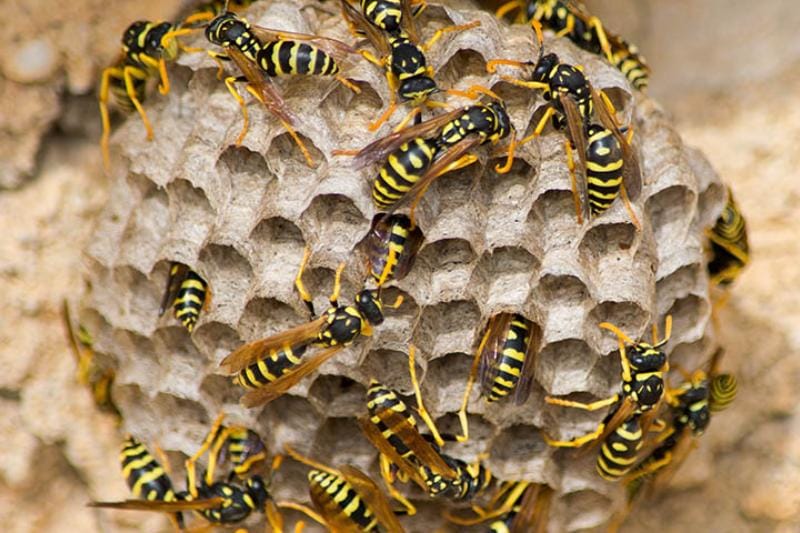
7. Wasps and Hornets: Dangerous Nests
Floats like a butterfly, stings like a bee. While not as destructive as termites or rodents, wasps and hornets can pose a significant risk to your health. These insects are known to build nests in hidden places such as attics, under eaves, or within walls. Home inspectors will check for:
- Visible wasp or hornet nests on the exterior of the home
- High activity near entry points, such as doors or windows
- Stingers or dead wasps around the property
If a nest is discovered, it’s crucial to have it safely removed by a pest control professional to avoid stings, especially if anyone in the household is allergic.
Avoiding Pest Problems: Protecting Your Home
A home inspection from Upchurch Inspection can uncover a wide range of pest problems that could otherwise go unnoticed until they cause significant damage. Whether it’s termites silently eating away at your home’s structure or rodents chewing through vital wiring, catching pest issues early is crucial to protecting your investment.
If you’re in the process of buying a home, make sure to schedule a thorough inspection to identify any potential pest problems. At Upchurch Inspection, our certified inspectors are equipped to detect even the most elusive pests, giving you peace of mind and helping you avoid costly surprises down the line. Contact us today to schedule your home inspection and safeguard your new home from pests.

